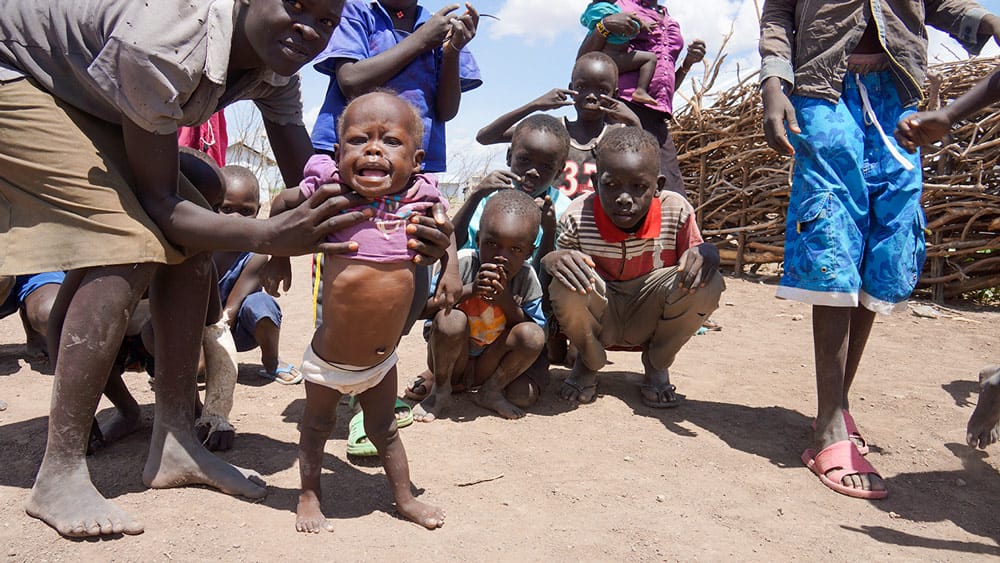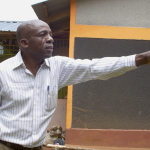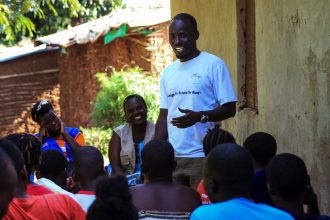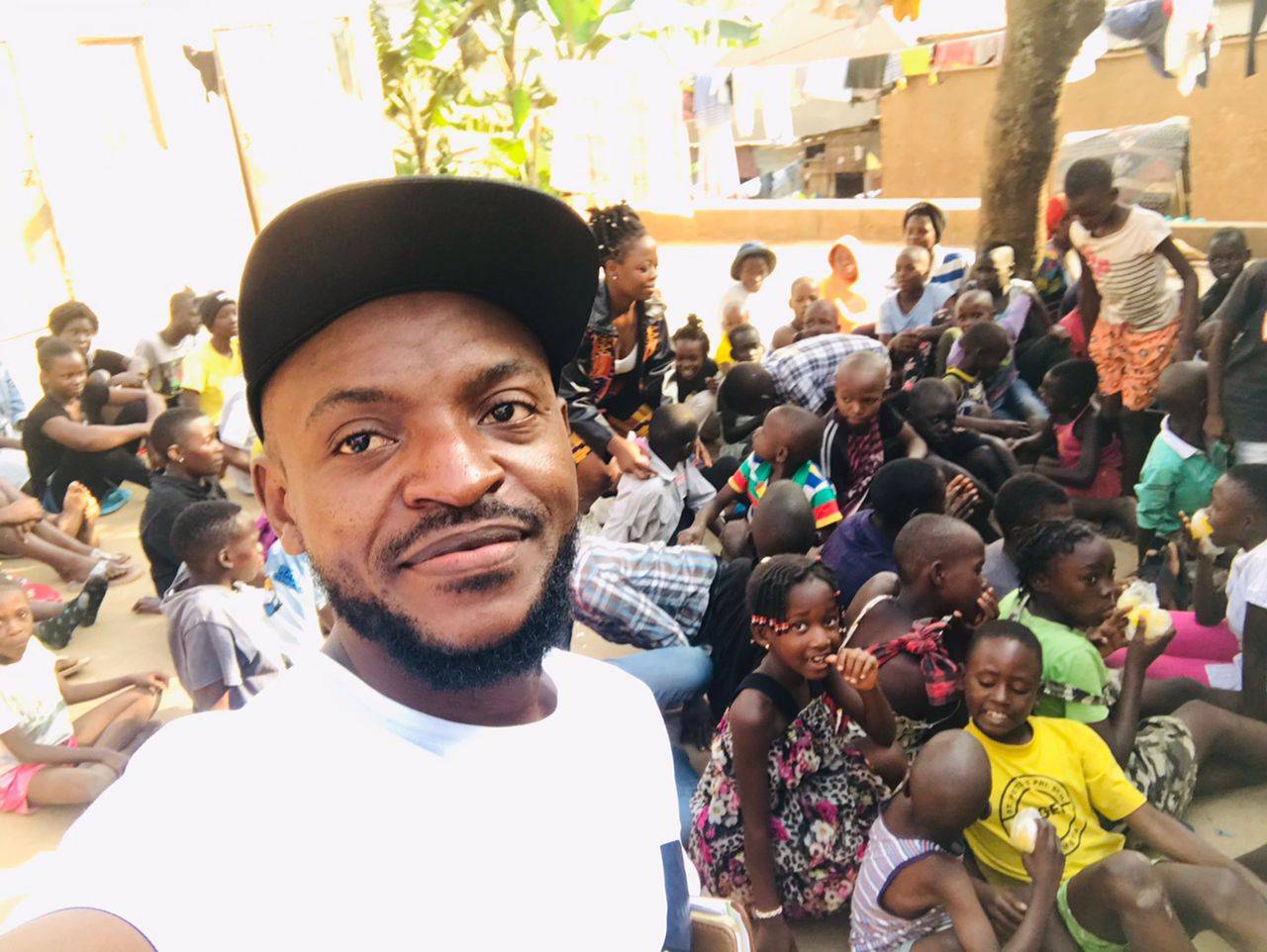The reality for refugees in Kakuma, Kenya

Kakuma (“nowhere” in Swahili) Camp in Northwest Kenya is ‘home’ to around 150,000 refugees. It is run by UNHCR and the Kenyan Department of Refugee Services. The camp houses refugees from South Sudan, Sudan, Somalia, the Democratic Republic of the Congo (DRC), Burundi, Ethiopia, and Uganda. The population has been stable but is now growing again as people, particularly from the north, are being displaced by conflicts and drought.
The Aid Files has been in touch with a young refugee leader, Seth Mugenyi. His family escaped from the Democratic Republic of the Congo during tribal wars 11 years ago when he was just 13. He has achieved a secondary education and is working to help refugees build better lives through education and livelihood training to transform refugee lives and employment. This is a concept that The Aid Files has found across Africa. For example, we have met both Jitolee in Kenya and Refugees for Prosperity in Uganda.
The reality of life in Kakuma is grim, as the photos that Seth has shared show. The cash allowance for food has just been cut at the same time as prices are rising fast due to very bad flooding in other parts of Kenya affecting both cropping and distribution. The rains have not reached the camp and people are now scraping for water.

As a result, there are angry demonstrations across the community, fires lit and a lot of noise. Children will go hungry – hungrier than usual and the safety and sanctuary that the camp provides is replaced with the potential for conflict, from which the people thought they had escaped.
A source at TNX News Africa was quoted as saying “ Our families are starving. Even our children sleep hungry for days without food.”

These photos supplied by Seth are somewhat different from the curated official pictures that are put out by the agencies showing organised ranks of tents and compliant groups of people.
Kakuma itself is a tough place to live. It’s situated in semi-arid desert where daily temperatures are an average of 40 degrees Celsius. The area has daily dust clouds as well as scorpions, snakes and outbreaks of malaria and cholera. Added to the natural challenges, night robberies are a common occurrence.
The dwell time of refugees in camps is long – Seth’s family have been there 10 years.
There is no pathway to prosperity and integration; there is plenty of time for learned helplessness as entire families reside in a kind of suspended animation.
It seems the ‘system’ is set up to keep people where they are; it has become an industry from which agencies profit from keeping people poor.
UNHCR reports that there are “shockingly” (their word) low levels of employment compared to the surrounding community and wider Kenya. Of the working-age population, just 20% of refugees are employed.
This is consistent with our observations in the slums of Nairobi where youth unemployment is up to 40%. UNHCR go on to say: “Refugees have job-related skills that can be strengthened and matched to market and community needs, but they face restrictions to work and move within Kenya. Easing restrictions on refugees’ capacity to work and providing easy-to-access information can translate into increased participation in the labour market. Engaging the private sector can further enhance the labour market opportunities for both communities.”
But this is clearly not happening and it’s where Seth is putting his focus. It starts with education – the key for the young to have any prospect of getting on the employment ladder and become self-sustaining. 80% of refugee children get some level of primary education which is better than the surrounding area. The provision of secondary education can be politely described as ‘thin’. A lack of teachers, capacity, water, sanitation are all cited as barriers to giving more opportunities.
Seth has done well to navigate the system to get his education. And now he wants to put something back to help his fellows. His story is yet another example of social enterprise trying to cut through the barriers and release this enormous waste of human potential. The Aid Files is constantly reflecting on why and how such an obviously flawed system is sustained and maintained?
Just what will it take to break the stalemate of nested and vested interests?
The paradox is that it will be cheaper in the long run to invest aid and development budgets in social enterprise and watch the multipliers kick in as all the Seth’s break free and set examples for their people to follow.
Some call this #shiftthepower. There are many projects that are trying to bridge to making things happen on the ground. We were told this week that there are signs that people in power are listening. Maybe it is because the realisation is finally sinking in that what exists today is not sustainable. There is a better way.





